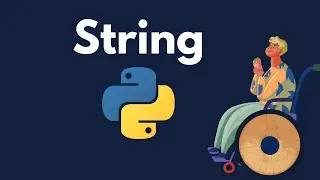Supervised learning in urdu
Supervised learning is a type of machine learning where an algorithm learns to map input data to a desired output (or target) by being trained on a labeled dataset. In supervised learning, the algorithm is provided with a set of input-output pairs, and its goal is to learn the underlying relationship between the inputs and outputs so that it can make accurate predictions or classifications on new, unseen data.
Here's how supervised learning works:
1. Training Data: You start with a dataset that contains examples of input data along with their corresponding correct outputs (labels or targets). For example, if you want to build a supervised learning model to classify images of cats and dogs, you would have a dataset of images labeled as either "cat" or "dog."
2. Model Training: The algorithm processes the training data and uses it to learn the mapping between the input features and the desired outputs. It does this by adjusting its internal parameters to minimize the difference between its predictions and the actual labels in the training data. This process is often referred to as "training" or "fitting" the model.
3. Model Evaluation: After the model has been trained, it is tested on a separate dataset, called the validation or test set, to evaluate its performance. This helps to assess how well the model can generalize from the training data to make predictions on new, unseen data.
4. Prediction: Once the model is trained and evaluated, it can be used to make predictions or classifications on new data. For instance, you can input an image of an animal, and the model will predict whether it's a cat or a dog based on what it learned during training.
Supervised learning can be used for various tasks, such as classification (e.g., spam detection, image recognition), regression (e.g., predicting house prices, stock market trends), and more. Some common algorithms used in supervised learning include linear regression, decision trees, support vector machines, and neural networks, among others.
The key characteristic of supervised learning is that it relies on labeled data to train the model, making it suitable for tasks where there is a clear relationship between input data and target outcomes.



















